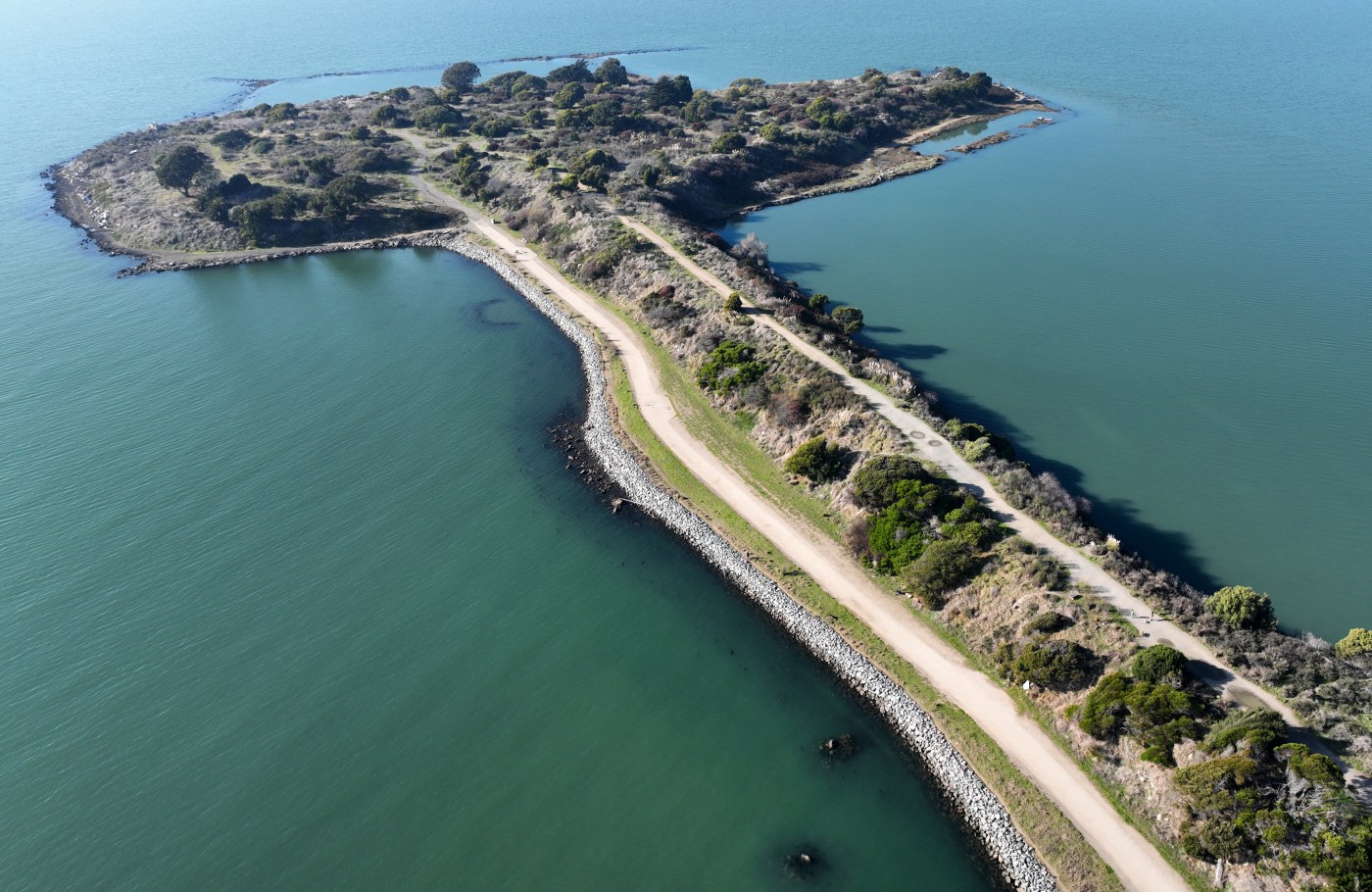ALBANY — After a walkover survey found slightly elevated levels of gamma radiation in portions of the Albany Bulb, a former landfill turned public park, the city plans to conduct additional studies of the soil this week.
Through May 2, crews will be performing surface investigations of three locations where radioactive materials, referred to as alum mud, were potentially dumped decades ago, the city of Albany announced Friday.
The park will remain open to visitors during the investigation, which may involve crews and trucks traveling on or by trails. City officials ask that the public be aware of their surroundings and steer clear of investigation areas.
“The City’s priority is the health and safety of our residents and visitors. The investigation is ongoing, but based on the available information, the City is not aware of any need to take additional actions to protect health and safety,” the city said in a statement.
An initial walkover survey of the park and review of historical records conducted in 2024 by GSI Environmental and Cabrera Services Inc. found it was unlikely radioactive material was discarded at the Albany Bulb when it was still operating as a public dump and that heightened levels of radioactivity at a handful of hotspots were consistent with what’s expected at former landfills.
Still, Cabrera Services recommended three locations spanning about 1,950 square feet be included in any future investigations, and GSI recommended the city conduct shallow trenching and soil sampling at the sites — but asserted that no further investigations were warranted.
Albany spokesperson Brennen Brown has previously said there was not “enough information from the report to reach specific conclusions on public health risk.”
The California Department of Public Health said a person would need to stand on a hot spot for 20 hours to be exposed to the same level of radiation from a single dental x-ray. Nuclear engineer Kai Vetter compared the levels to living in Denver or some beaches in Brazil.





